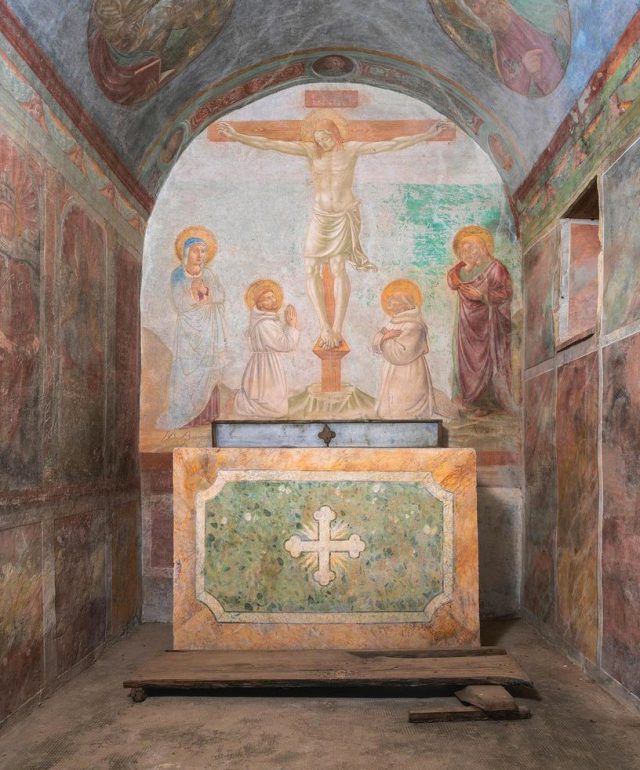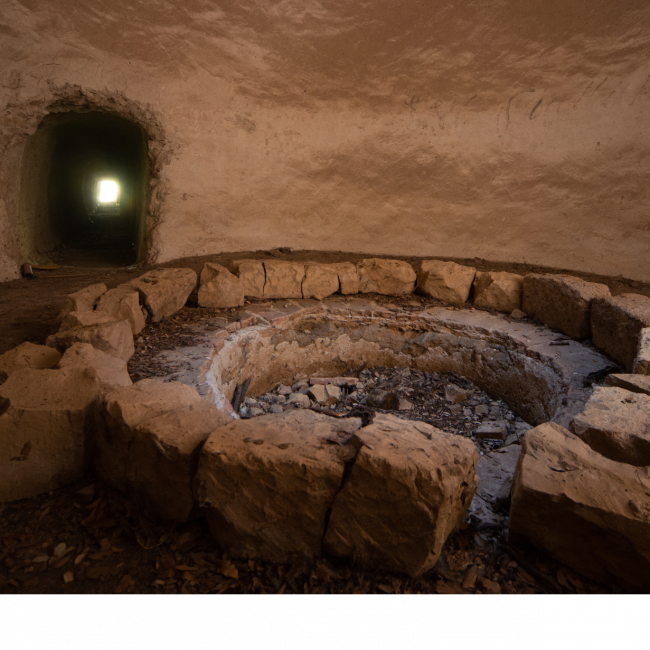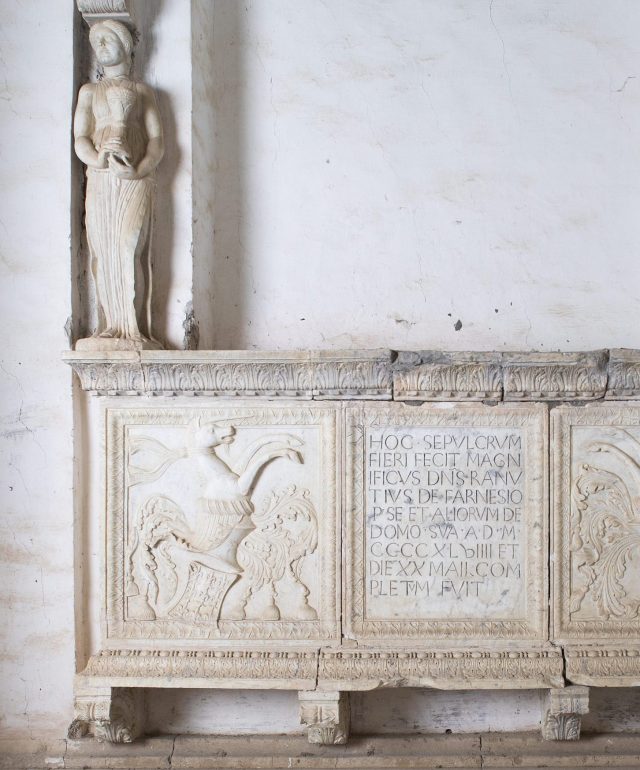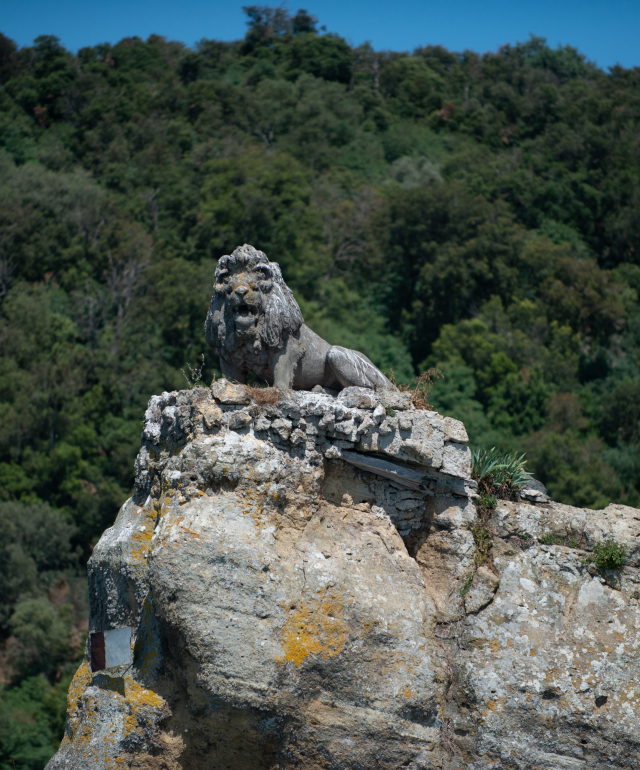History
A place open to everybody: history and architecture lovers, nature immersion seekers and those in search of mistery.

The Bisentina island is set within that natural amphitheater of Lake Bolsena defined as “a most incomparable prospect” by the English writer John Evelyn.
The lake originates from a huge complex of eruptive vents, of an explosive nature, which began to erupt about 600 thousand years ago, creating a huge and deep calderic depression, which slowly filled with meteoric waters giving life to one of the most fascinating lakes. Was it possibly this volcanic formation to give the Bisentina island a sacred value over time?Perhaps alreay the ancient Etruscans dropping into the Island already perceived it as the omphalos of the world. Its sacred value will only be strengthened over the centuries, during the Middle Ages but above all during the Renaissance when the island became a beloved pilgrimage site.
The island still retains traces of ancient human passages.The recovery of a Bronze Age pirogue near Punta Calcino, on the west side, and the discovery of some cavities used as burial places raise more than one question: why this need to reach the Island? What did the Island mean for local population? A unique charming ravine sheltered inside the Island might have served as a place of worship.
An underground place still triggering disputes among scholars who are trying to unveil its obscure meaning.
When and by whom was it excavated?

Occupied to escape the Saracen’s invasions of the IX century a.C, it will first become a hermitage for the Friars Minor and then the mausoleum of the Farnese family.
Traces of first human settelments on the Island date back to the ninth century AD, when the coastal populations took refuge from the incursions of the Saracens arriving from the Tyrrhenian Sea into the hinterland through waterways enriching the territory.

At the end of the 1300s, the island became part of the domains of the Farnese, a family of warlords who thanks to war and political marriages became one of the most powerful families in European politics for about three centuries.
Why then the island became so loved by the Farnese as to build their own family mausoleum there? What was such magnetic force pushing the Farnese to resort on that small rock with such obstinate passion?
Visiting all the seven churches on the island meant obtaining the Plenetary Indulgence.
In 1431 Pope Eugenio IV granted the island to the order of the firar minors, committing themselves to the construction of a church, a bell tower, a convent, a vegetable garden and any other housing necessity. However the friars will do more, giving life to the most shiny period of the island.
The first chapels overflowing the water take shape, all visible arriving from the lake, each one different in its sacredness, each one with a specific orientation.
Made after a project of art and mysticism in the Renaissance.
The Island shall then be considered as a unique work of art, created according to a mystical and artistic project born during the Renaissance by will of Pope Pius II and the Farnese family, continued by Pope Paul III and completed by Cardinal Alessandro Farnese Junior. The project is to create a Via Crucis on the island, with the construction of seven chapels and a large church. All still present, with the solidity of their stones and the lightness of their spiritual message …
What happened to the island after the decline of the Farnese family?
We may think that the island was abandoned. On the contary it continued to arouse the interest of many, who alternatively resorted to it, lived in it and animated it.
Bishops, industrialists, princes, poets, writers and dukes, many men and women who loved it and lived in it, leaving behind them unmistakable fragments of a past full of charm.
What about the future? It is already present, with a trait d’union between ancient history and contemporaneity slowly tracing along the paths dug in the stone and among the centuries – old trees of an island that does not want to give up its centrality continuing to be omphalos of the world.

Isola Bisentina
Lago di Bolsena 01010
Capodimonte VT
View on the map


